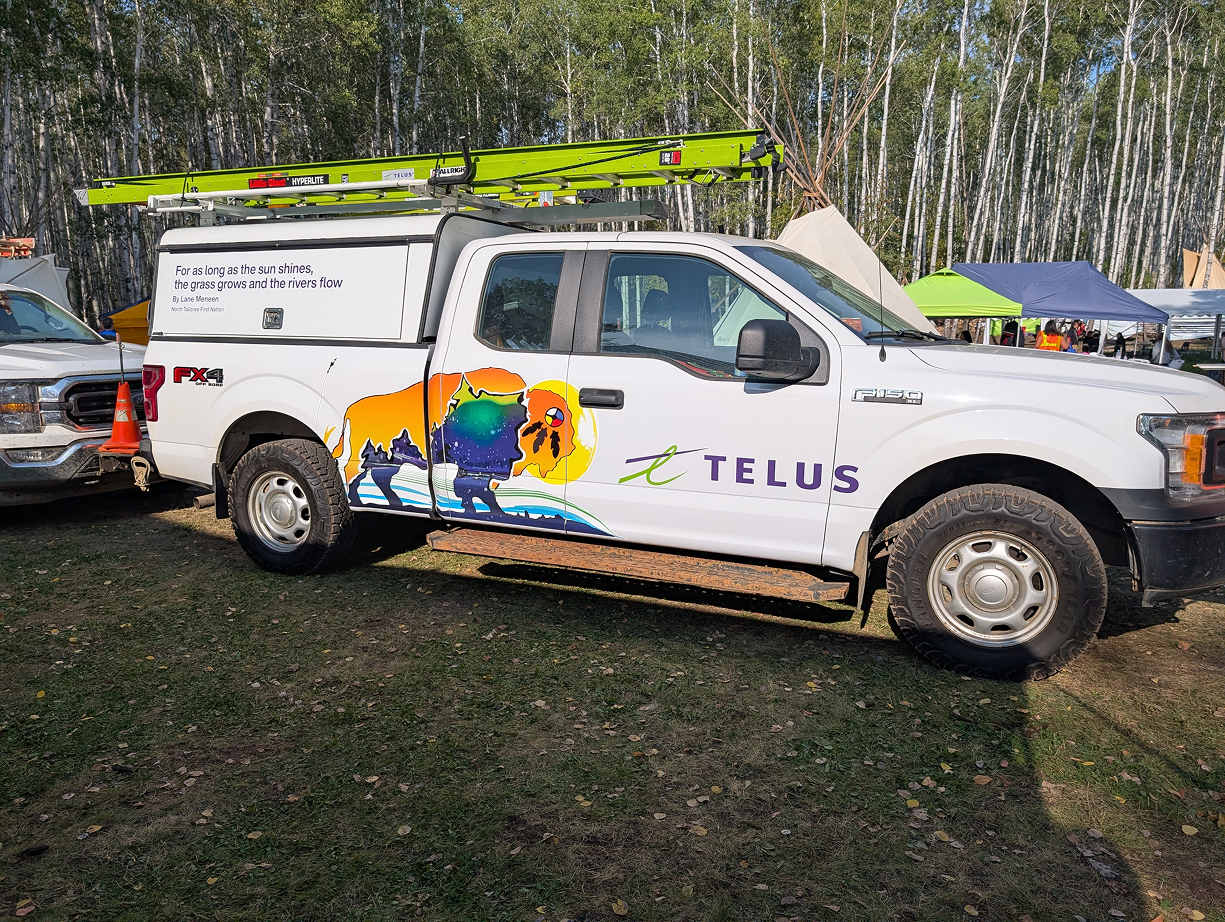
Connecting Canada
Connected and engaged Indigenous communities are the key to unlocking Canada’s full potential
Jun 9, 2022
Indigenous peoples have always thrived through connection: to our families and communities, to our ancestors and future generations, to our lands and waters, to our relations in the animal and spirit worlds, and to our trading partners and allies across this continent and beyond. We are driven by connectivity in every aspect of our lives and cultures.
Yet even as the vast majority of Canadians leap into a future of lightning-fast hyper-connectivity, just 34.8 per cent of households on First Nations reserves across Canada have access to the minimum service levels set by the Canadian Radio-television and Telecommunications Commission.
Similar to the barriers Indigenous peoples face to education, health care and employment, we find ourselves barred from accessing reliable internet – isolating us further in this digitally connected world and impeding our progress in unlocking growth, prosperity and innovation in our communities.
Imagine this scenario: a multigenerational overcrowded home of eight people sharing two devices – neither of which are laptops or computers. Three school-aged children are being homeschooled because of the pandemic. The family only has access to satellite internet that is data-capped and costs well over $100 a month. The internet speed is unreliable and too slow to stream audio and video, restricting the children’s ability to participate in their online studies.
Unfortunately, this description depicts an everyday reality for many Indigenous families and is amplified by the socioeconomic issues our communities face.
The pandemic has shined a light on the importance of connectivity for non-Indigenous people. But Indigenous peoples have been shut out and cut off long before COVID-19, with little concern shown. They are sparsely populated and relatively remote. For the federal government, extending reliable internet to these remote locations is deemed too costly, both financially and politically. By dragging its heels, Canada saves money and lowers the risk of upsetting a wider constituency.
My home community of Tl’etinqox, one of the six communities that comprise the Tŝilhqot’in Nation, has long been overlooked, underserved and underfunded by almost every measure. Our community today continues to be limited in its economic potential because our electricity is of the poorest quality in the country.
Such hardship is not new for us. Our calls for support have been continuously met with the tired status quo by federal authorities of “wait and see,” with their long history of knowing about problems but not acting on solutions. Their lack of action is disgraceful and unacceptable.
Partnerships between network providers and governments at all levels are essential for removing the barriers Indigenous communities face to digital connection and unlocking our increased economic potential.
For example, in 2019, the Tsilhqot’in National Government partnered with Telus, the All Nations Trust Company’s Pathways to Technology project and the Interior Health Authority to support the delivery of Telus PureFibre to five of our communities. Accordingly, during the peak of the pandemic, our children stayed connected to a fast and reliable network. Working with our community and with guidance from our school principal, Telus helped to ensure that no student was left behind.
That same connectivity provides a path for our brightest minds to stay within and contribute to our community without sacrificing their opportunity to learn and grow. It supports our efforts to reclaim and strengthen our culture and language, as we look to document our experiences and enable our members to see and participate in our rich traditions digitally.
Most importantly, digital connection facilitates human connection. Absent cell coverage and slow internet speeds limit our ability to connect with our elders and loved ones.
Canada needs better digital policies to harness the power of connectivity for Canadians. Be part of the solution.
It’s why our nation continues to partner with Telus to seek funds from the federal government to ensure our people and visitors alike can stay safe and connected through their cell phones while they travel our highways.
I’ve spent my whole life fighting for a level playing field to secure recognition, respect and our rightful place within Canada as equal partners in the social, political and economic fabric of this country.
I want equitable treatment – the same advantages and benefits as everybody else – and that starts with the universal access to fast and reliable networks, including fibre optics and 5G connectivity.
Indigenous peoples are ready and eager to participate in these transformative times of opportunity. In fact, the only way to unlock the full economic capability of this country is to recognize the immense benefits of connected and engaged Indigenous communities.

